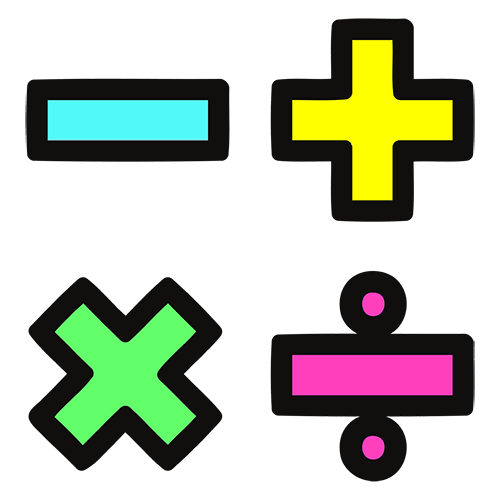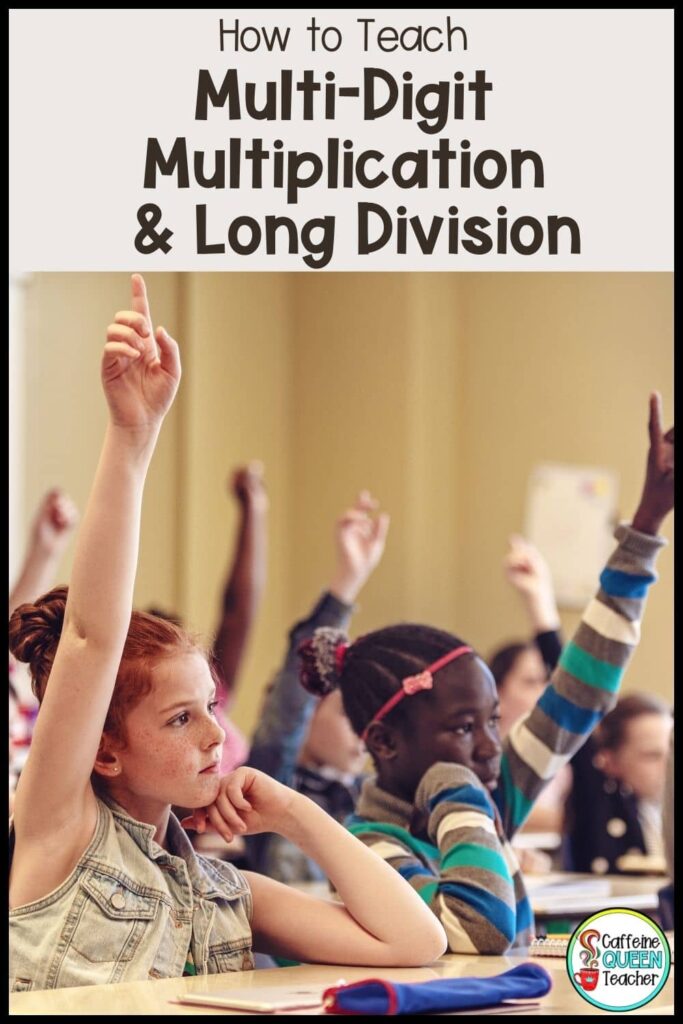Most teachers understand that differentiation and scaffolding have the same purpose – helping students better understand and learn concepts. Teachers can use the strategies separately or together to maximize student learning.
This article will explain the difference between scaffolding and differentiation and provide ideas you can use in your classroom today.

What Are Scaffolding and Differentiation?
Scaffolding and differentiation share the same purpose – to help students better understand and learn concepts. Teachers can use the strategies separately or together to maximize student learning.
While teaching daily lessons, good teachers are collecting data about their students. By observing students’ reactions and how they answer questions, teachers can accurately gauge students’ levels of understanding.
While directly instructing class, most teachers ask many questions and frequently call on students. If students can answer the questions accurately, teachers assume they understand the lesson. On the other hand, if students struggle or are unable to answer, teachers learn that their students have not grasped the lesson and need more reinforcement.
Scaffolds can make the difference between understanding and confusion. For example, if a student struggles to answer a question, the teacher can ask follow-up questions to guide the student toward the answer. In addition, the teacher could draw a quick diagram on the board or provide a visual representation, or a vocabulary review could provide the missing pieces that lead to understanding. These are scaffolds.
Many teachers are intuitive and scaffold lessons and activities on the fly during a lesson as needed. Some scaffolds can be anticipated and built into the lesson ahead of time. For example, the teacher could plan a quick vocabulary lesson or a review video before starting a new lesson.
Scaffolding includes modifications and changes to lessons based on how well students understand the lesson as it’s happening live.
So, Tell me again. What are scaffolds?
Scaffolds are temporary supports that move students from one step in a lesson to the next. Examples of scaffolding techniques include visual cues, charts, strategic questioning, formula sheets, and pre-teaching vocabulary words.
The purpose of scaffolding is to support students as they learn a concept. Once the concept is learned, the scaffolds can be removed because students are independent and no longer need them.
For example, the long division algorithm is a complex task. Teachers would never walk into a 3rd-grade classroom and jump into a 4-digit ÷ 2-digit long division problem. Instead, students learn multiplication, division facts, equal groups, and many other lessons that eventually lead to teaching long division. Typically, long division isn’t even taught in 3rd grade because students must first build a solid foundation.
What is differentiation?
Differentiation is presenting material in a way that makes lessons and learning accessible to students. Differentiation is commonly understood to mean adapting lessons and materials to meet the needs of a student or a small group of students.
Differentiation ensures that every learner in the classroom has their needs met. It can involve additional instruction, alternative materials, and alternative goals.
Differentiated instruction is provided to a small group of students or one student and typically includes lessons tailored or adapted to them. Students who benefit from differentiated instruction include:
- Gifted students.
- Learning or cognitively challenged students.
- English language learners.
- Students with behavioral disorders.
Examples of differentiation include offering choices such as a written or oral report, shortening assignments, leveled reading materials, using technology, hands-on learning activities, drawing pictures rather than writing sentences, and using pull-out groups for additional instruction.
Can I use scaffolds and differentiation together?
Teachers can use scaffolding and differentiation together. In fact, there’s an overlap between the two strategies. For example, the following ideas can fall into either category depending on how the adaptations are provided. However, scaffolds are generally temporary, while differentiated resources and materials can be long-term or permanent.
Ultimately, scaffolding and differentiation share the same purpose – to help students better understand and learn concepts. Teachers can use the strategies separately or together to maximize student learning.
Scaffolding Vs. Differentiation Chart

The goals of scaffolding and differentiation
The goals of scaffolding and differentiation are the same: both strategies help children learn and achieve. Teachers can use them separately or in combination within the same class and during the same lesson.

Where can I grab the Accommodations Checklist?
You can grab the checklist and lots more valuable forms and checklists in the Teacher Binder Bundle at TPT. It’s jam-packed with lesson planning forms and everything you need to get your teacher world organized once and for all! Click HERE or on the image below.
Organize yourself with teaching binders
Read here for a step-by-step plan for creating teaching binders to feel confident and save yourself valuable time. No more searching for forms, sub info, planning forms, IEP checklists, etc. You’ll thank yourself for getting organized.

Want more articles about interventions?










